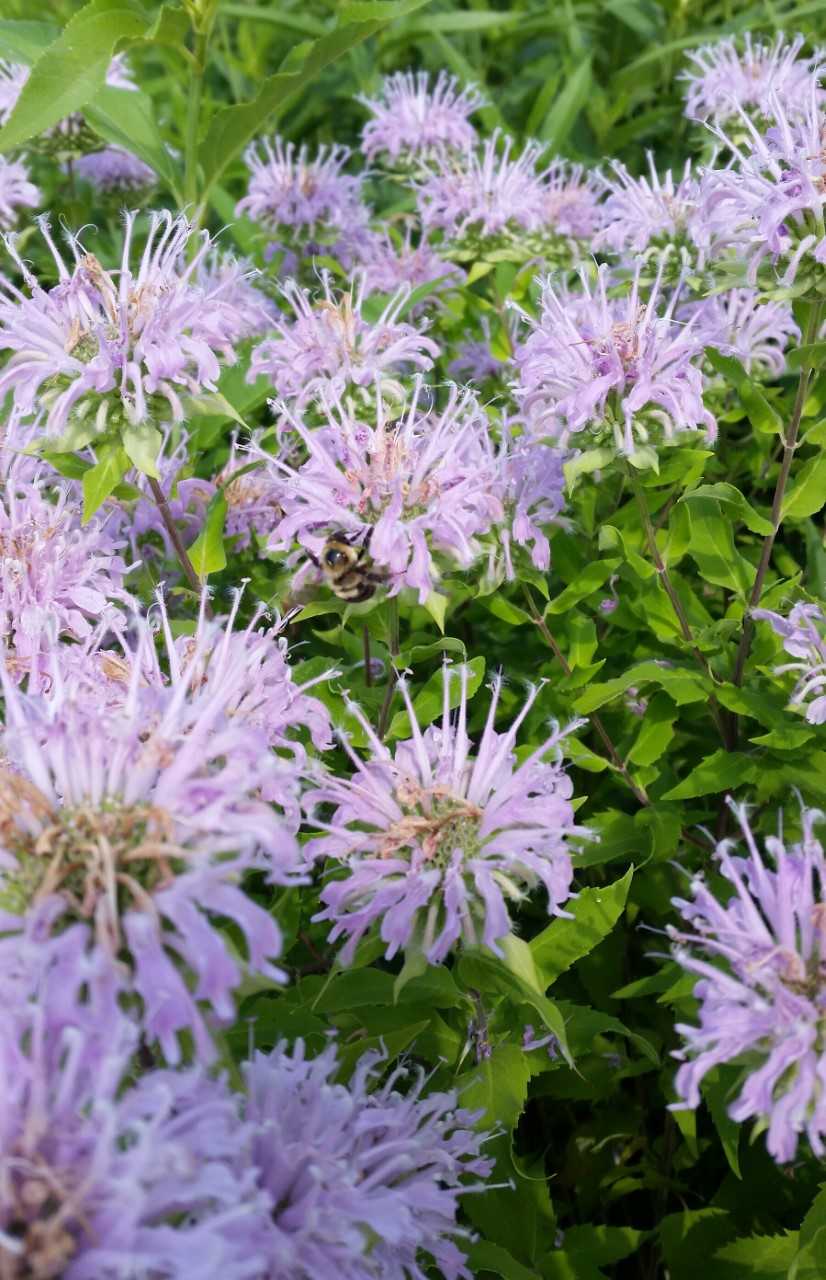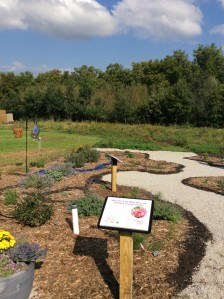The Cherry Creek Pollinator Habitat is 10 years old! In the fall of 2012, Soni and I attended “Becoming an Outdoors Woman” weekend in Halsey, Nebraska sponsored by Nebraska Game and Parks. One of the sessions focused on the challenges of increasing our native pollinator population. We left the session with a handmade native bee nest box, information and motivation to spread the message about the importance of encouraging native pollinators in our community.
In the spring of 2013, we asked our then unit leader if we could transform the underutilized space behind the Nebraska Extension in Lancaster County office into a native pollinator/wildlife habitat. The journey began and it is amazing to see how much we have accomplished during this time. We started with a neglected lawn area behind our office and turned it into a thriving habitat for pollinators and wildlife.
A few of our accomplishments include: two educational signs, one solitary bee house, one insect hotel, three water stations, over 40 native plants with name labels, over 200 stems of common milkweed for monarchs & other beneficial insects and became a Nebraska Pollinator Habitat Certification Program site.
The habitat is a great place to teach youth, adults, Master Gardeners and even our own staff about the importance of pollinators. Every time I visit the habitat I see or learn something new.
It has been a rewarding and educational experience for me. I hope it has been that way for you as well.
MJ Frogge


















